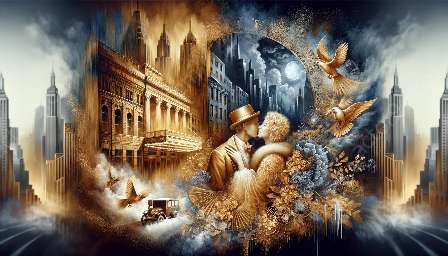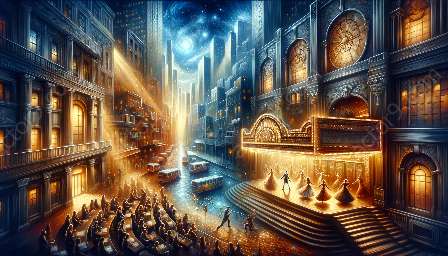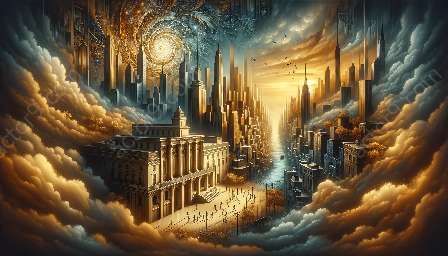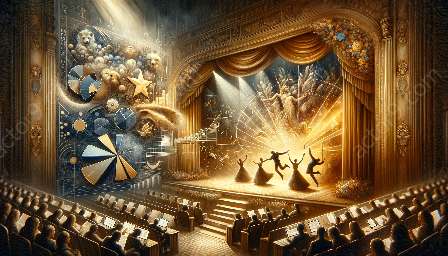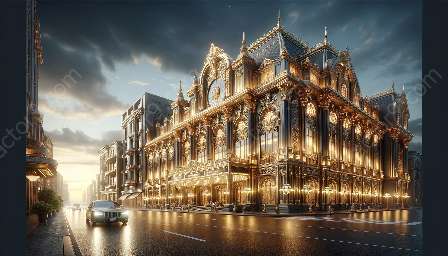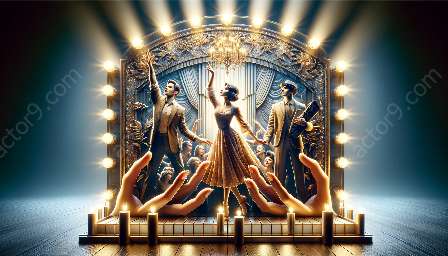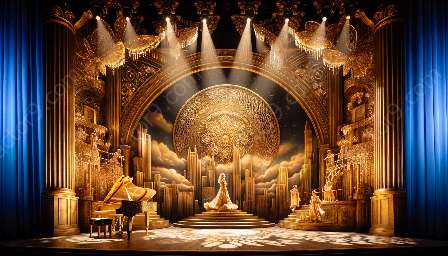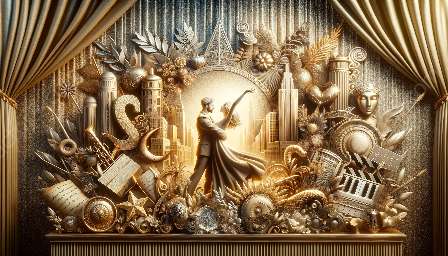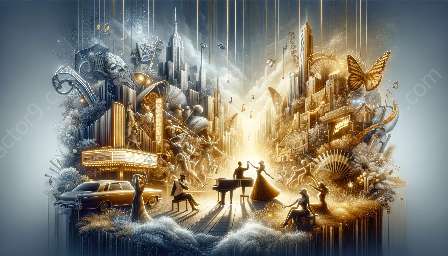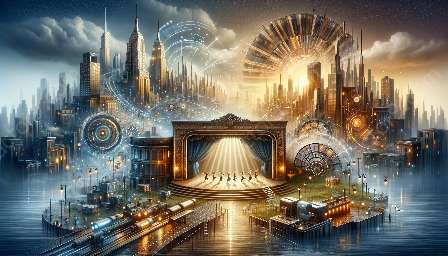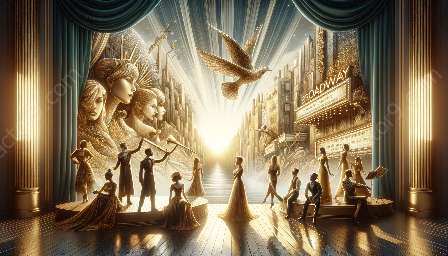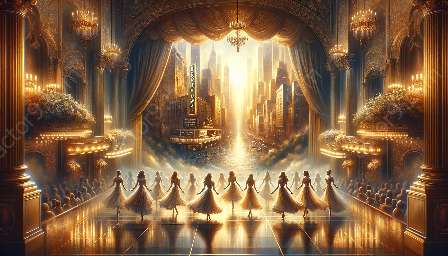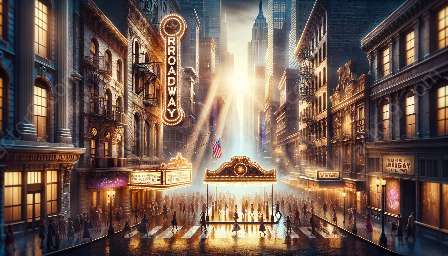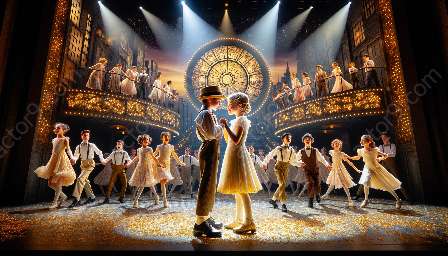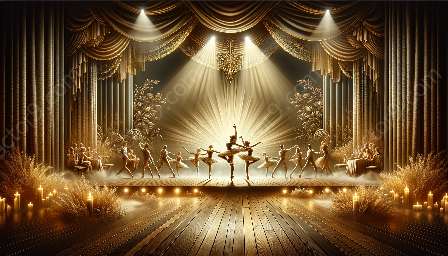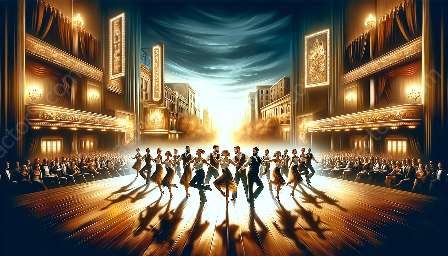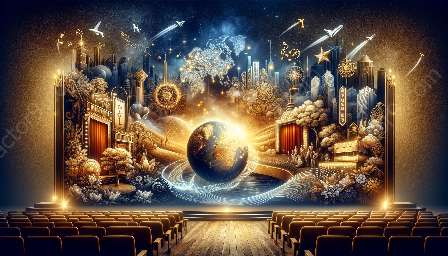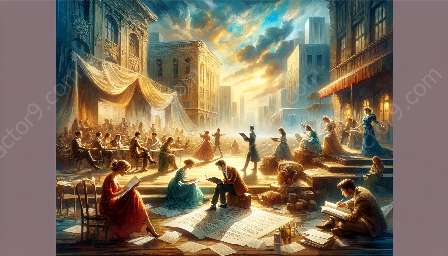Broadway, known as the pinnacle of live theater, has undergone significant evolution in terms of diversity and representation over the years. This transformation has contributed to shaping the history of Broadway and has left a lasting impact on the world of musical theater.
History of Broadway
Broadway, situated in the heart of Manhattan, New York City, has long been revered as the epicenter of theater, showcasing a wide array of productions, from musicals and plays to revivals and avant-garde performances. However, for many decades, the industry struggled with issues related to diversity and representation.
Historically, Broadway productions have predominantly featured storytelling, characters, and casting choices that were not reflective of the diverse society it aimed to entertain. The lack of representation for minority groups, including people of color, the LGBTQ+ community, and people with disabilities, was a glaring issue that hindered the industry's progress.
Broadway and Musical Theater
Musical theater, an integral part of Broadway, often serves as a powerful medium for storytelling and has the potential to influence societal perceptions and attitudes. As a result, the evolution of diversity and representation within Broadway has had a profound impact on musical theater as well.
Throughout its history, Broadway has seen a gradual shift towards inclusivity and representation. This change has been driven by a growing awareness of the importance of telling stories that resonate with a diverse audience and accurately depict the rich tapestry of human experiences.
Evolution of Diversity and Representation
The evolution of diversity and representation in Broadway can be observed through several key developments. Firstly, there has been a conscious effort to foster more diverse storytelling, with an emphasis on exploring narratives that reflect the experiences of underrepresented communities. This shift has led to the emergence of groundbreaking productions that celebrate diversity, such as Hamilton, which reimagined the founding of America through a diverse cast and modern storytelling techniques.
Additionally, casting practices have evolved to be more inclusive, with a greater emphasis on casting actors from diverse backgrounds. The industry has also witnessed an increase in productions that feature characters with diverse identities, breaking away from traditional stereotypes and offering more authentic representations on stage.
Impact on Musical Theater
The impact of the evolution of diversity and representation in Broadway on musical theater has been profound. The industry has witnessed a surge in creativity, with new and innovative productions that push boundaries and challenge conventional norms. Audiences are now exposed to a myriad of stories and characters that offer a more nuanced and inclusive portrayal of the world.
Furthermore, the increased diversity in casting has allowed for a broader range of talent to shine on stage, offering opportunities for performers from all backgrounds to showcase their skills and contribute to the rich tapestry of musical theater.
Conclusion
In conclusion, the evolution of diversity and representation in Broadway has been a transformative journey that has reshaped the industry and had a profound impact on the world of musical theater. Through a conscious effort to embrace diversity and inclusivity, Broadway continues to redefine itself, offering a platform for stories that resonate with audiences from all walks of life.


